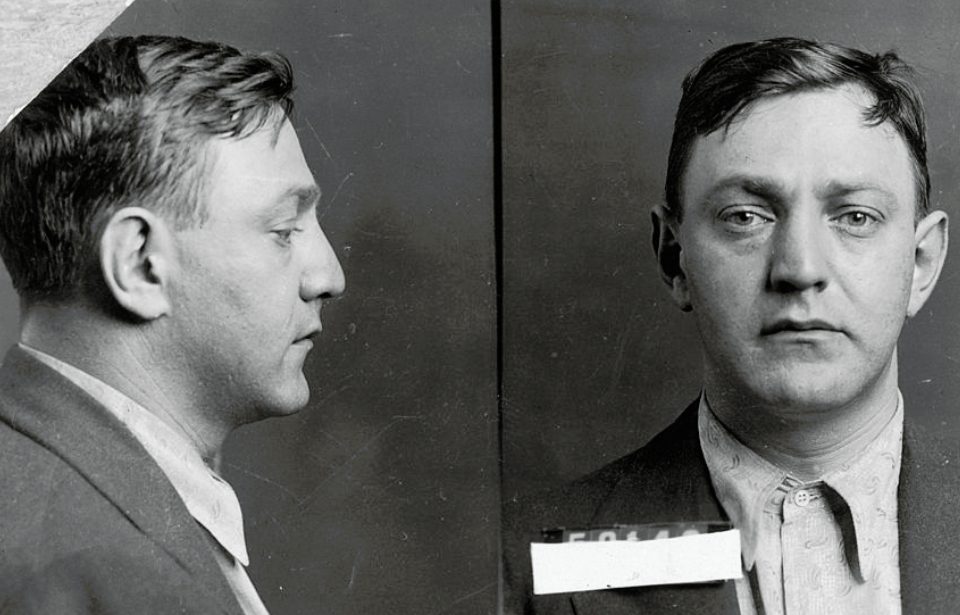He was a ruthless crime boss who made his millions during the days of American Prohibition. When Dutch Schultz died after contracting an infection from a gunshot wound in 1935, he took his secrets to the grave.
One secret took the form of a steel strongbox. It contained riches worth an estimated $150 million, or $7 million in those days. Schultz reportedly wanted to bury his ill-gotten gains in a place no one would ever find it. To this day, his wishes have been granted.
This plan may sound a little nuts
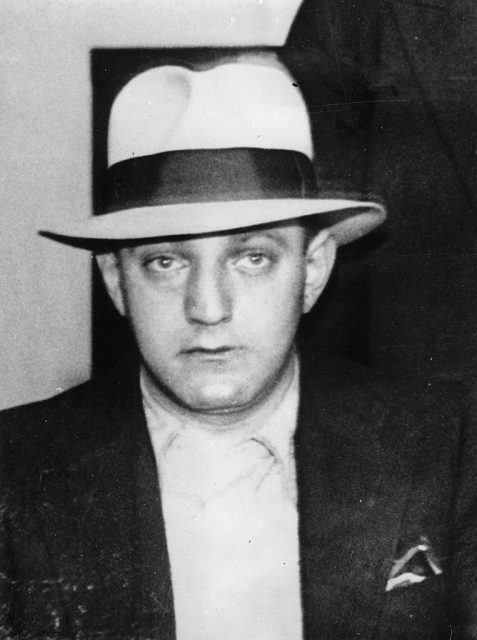
Accompanied by trusted bodyguard “Lulu” (aka Bernard Rosenkrantz), Schultz apparently went on a little road trip. They headed to Catskill, New York. If a rattling or jangling noise was heard, it wasn’t surprising. Onboard was what the New York Post refers to as a 2 x 3 ft container.
Past Factory describes what was inside. “In true pirate-style, it included gold, diamonds, war bonds, and thousand-dollar bills.”
With only his right-hand man to know the truth, Schultz had squirreled his fortune away. But even a sharp operator like Schultz couldn’t cheat the Grim Reaper. When his soul departed this Earth, his famous nest egg stayed put. It’s been hunted ever since.
Where exactly is Dutch Schultz’s famous strongbox?

A key location could be Stony Clove Creek, in the town of Phoenicia. Sounds specific – how did this information come to light?
The Post covers the making of a 2020 PBS documentary, Secrets Of The Dead: Gangster’s Gold. Steve Zazulyk and Ryan Fazekas were the onscreen treasure seekers using personal connections to determine the whereabouts of the treasure. These connections included local private investigator Bruce Alterman and the grandfather of documentary director Elizabeth Trojan, who worked for Schultz as a heavy.
A vintage picture of Stony Clove Creek (not pictured) is believed to be significant. How so? Because, as Fazekas explains, the tendency in the thirties was to conserve precious film. Using it to take a random shot of the countryside? Possible but unlikely in his view: “this is not scenic. It had to mean something.”
The horse’s mouth
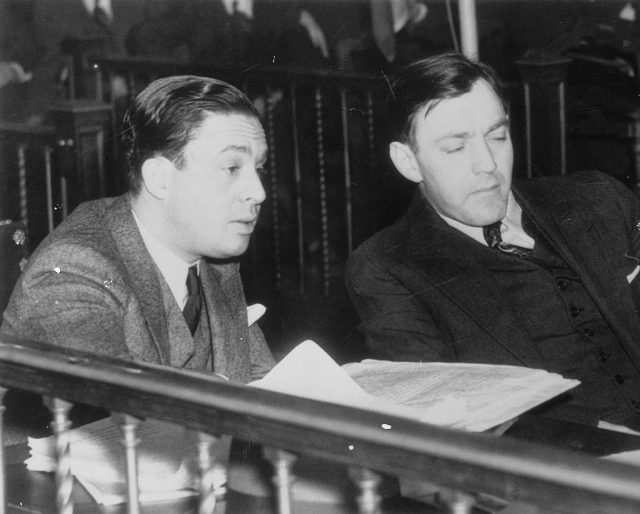
As well as witnesses such as Schultz’s lawyer Dixie Davis, who claimed to have seen the box in question, there was the dying declaration of Schultz himself. Well, maybe “declaration” is too strong a word. He was in a very bad way before the end and not everything he said was worth recording.
The Post writes that he mentioned “Lulu” by name, plus a request to return to Phoenicia to cash his Liberty Bonds. So far, so compelling. However, Live Science quotes another of his statements: “Get you onions up, and we will throw up the truce flag”.
Did Schultz plant some vegetables after burying his gold, perhaps? The imagination runs wild. Lulu himself is thought to have drawn a map for Martin Krompier, another tough nut who worked for Schultz on Broadway.
The Beer Baron of Prohibition
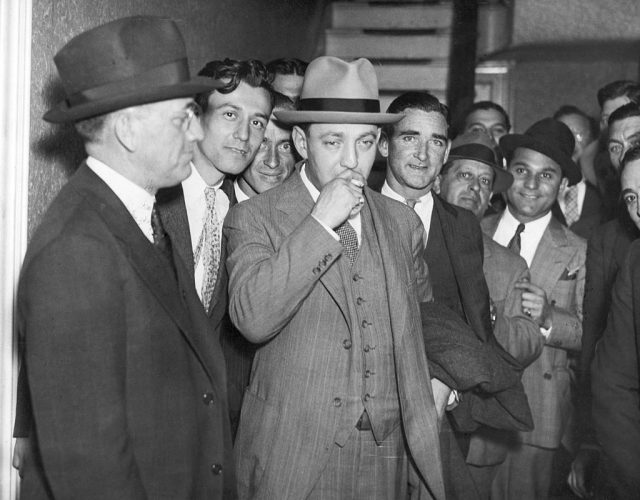
Dutch Schultz was a classic example of someone being at the right place at the right time. With Prohibition taking hold of the United States between 1920 and 1933, he got his foot on the ladder and never looked back.
His real name was Arthur Simon Flegenheimer. Past Factory notes that his gangster name could have come from the company he became associated with, Schultz Trucking. They transported booze down from Canada for thirsty customers.
From there, Schultz fell in with the formidable Joey Noe, who ran a speakeasy. They created a partnership that challenged the existing underworld authority. The Mafia’s Five Families and the Irish Mob were their opponents. One wrong move and you’d be drinking your last illicit cocktail.
Schultz kept going, even after Prohibition had ended. A lottery scam was the next move to bolster his bulging finances. He also put the squeeze on restaurants – pay up or wind up on the menu.
His bank balance came under serious scrutiny and it looked like the vultures were circling. Schultz decided to whack prosecutor Thomas Dewey. This spooked his crew, who finally shot Schultz at the Palace Chop House in Newark.
Nearly a century on, the hunt for Schultz’s treasure continues
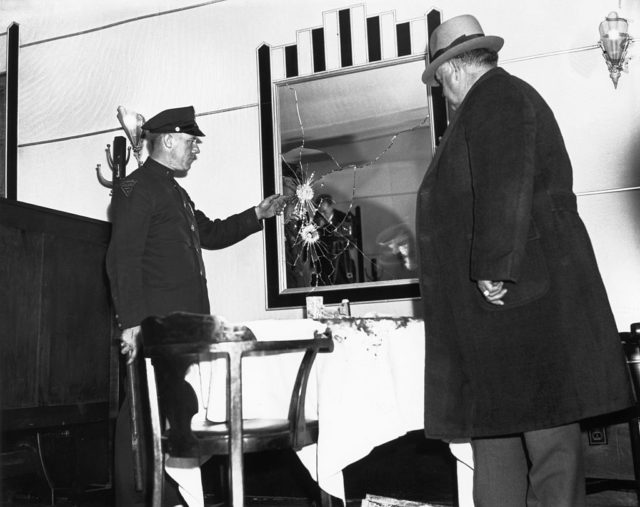
Schultz’s fate was sealed with a bullet. But the story of his treasure is open ended. No one has tracked it down yet, though random coins in the wilderness give people a sense that they might be near.
More from us: Hidden Treasure Chest Worth $1 Million Found Deep in the Rockies
Times Union speaks to historian and author John Conway. Mentioning the tangled nature of the narrative surrounding Schultz’s legacy, he describes Dutch as an “expert of misdirection, deception and falsehoods.” The man himself would apparently have been happy to leave such a mess behind.
